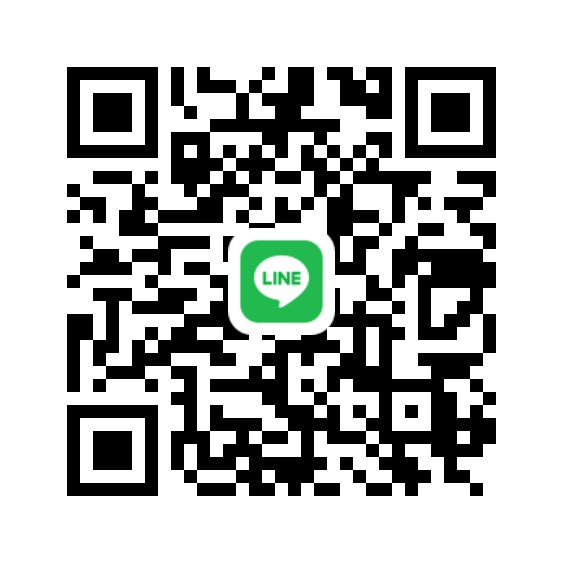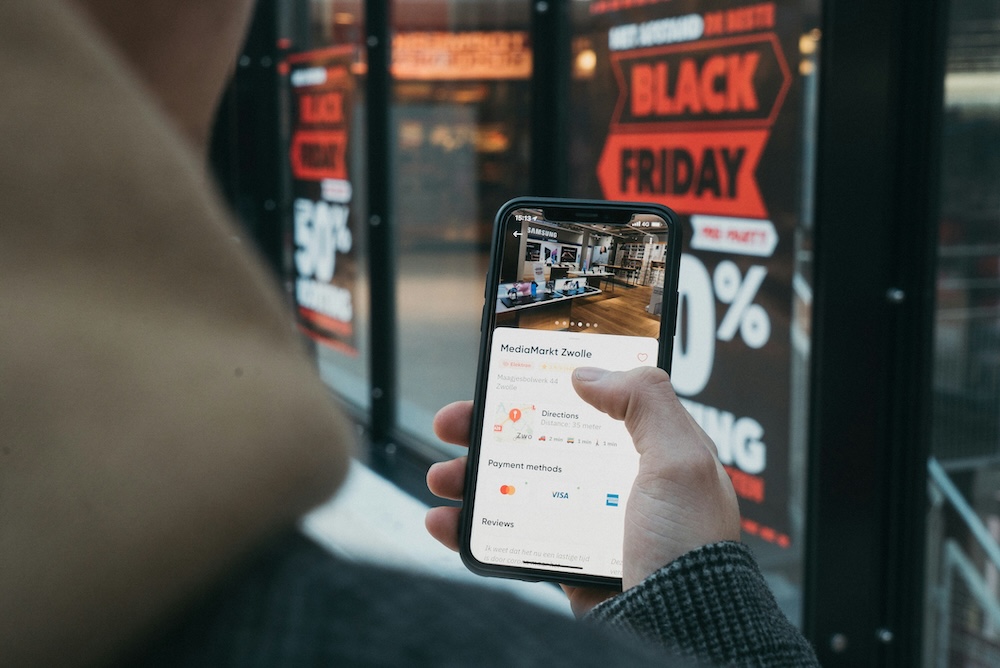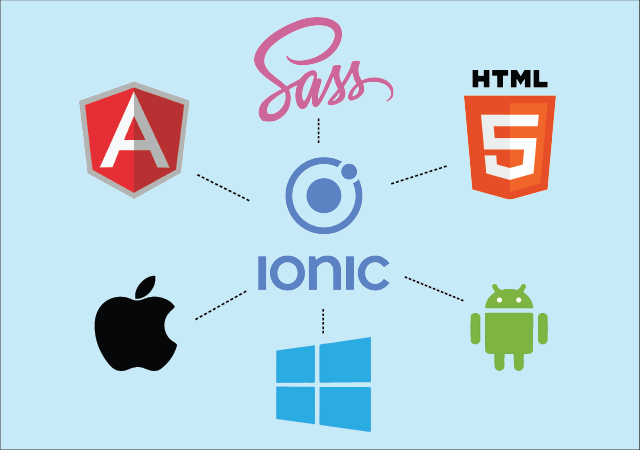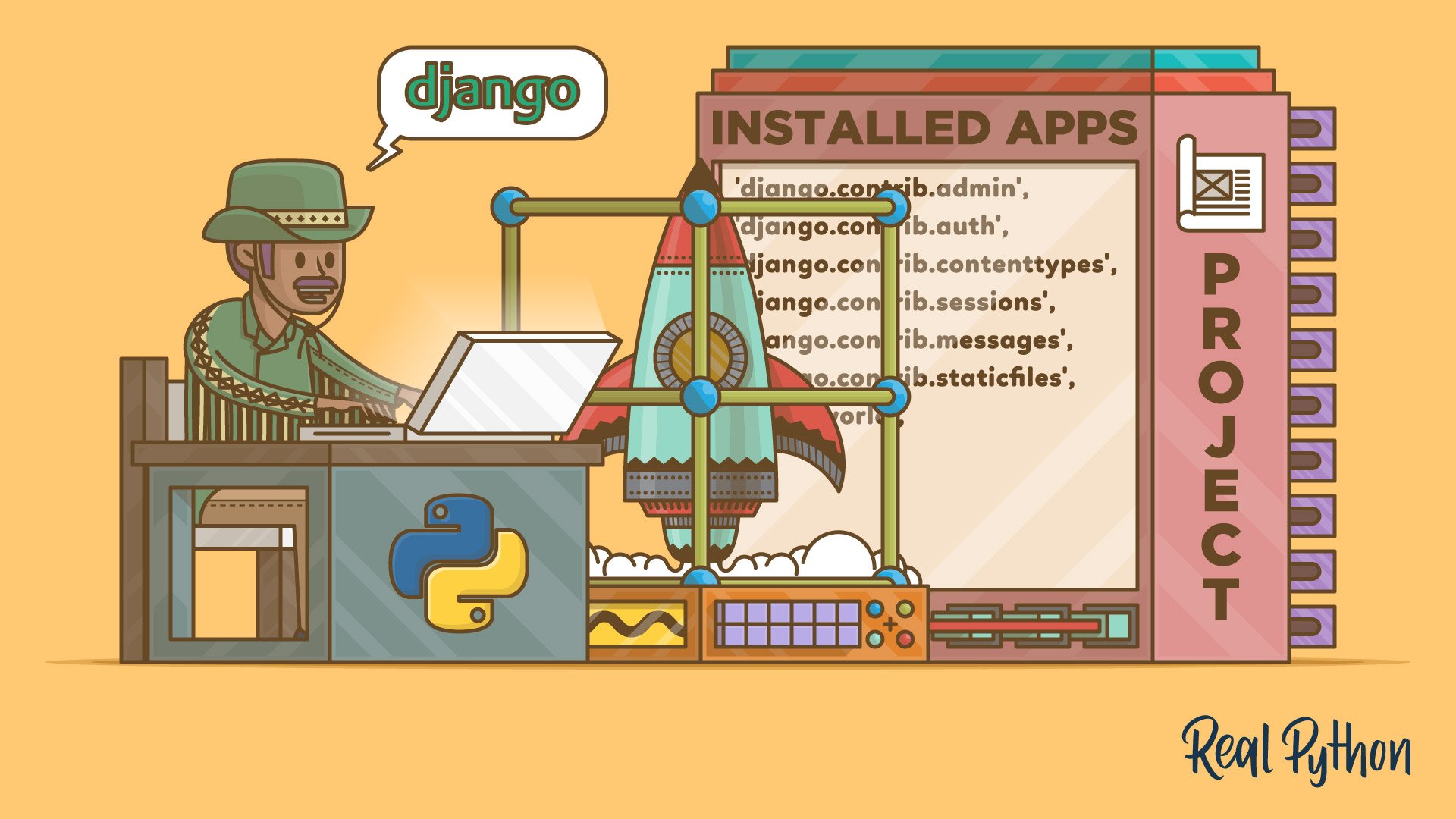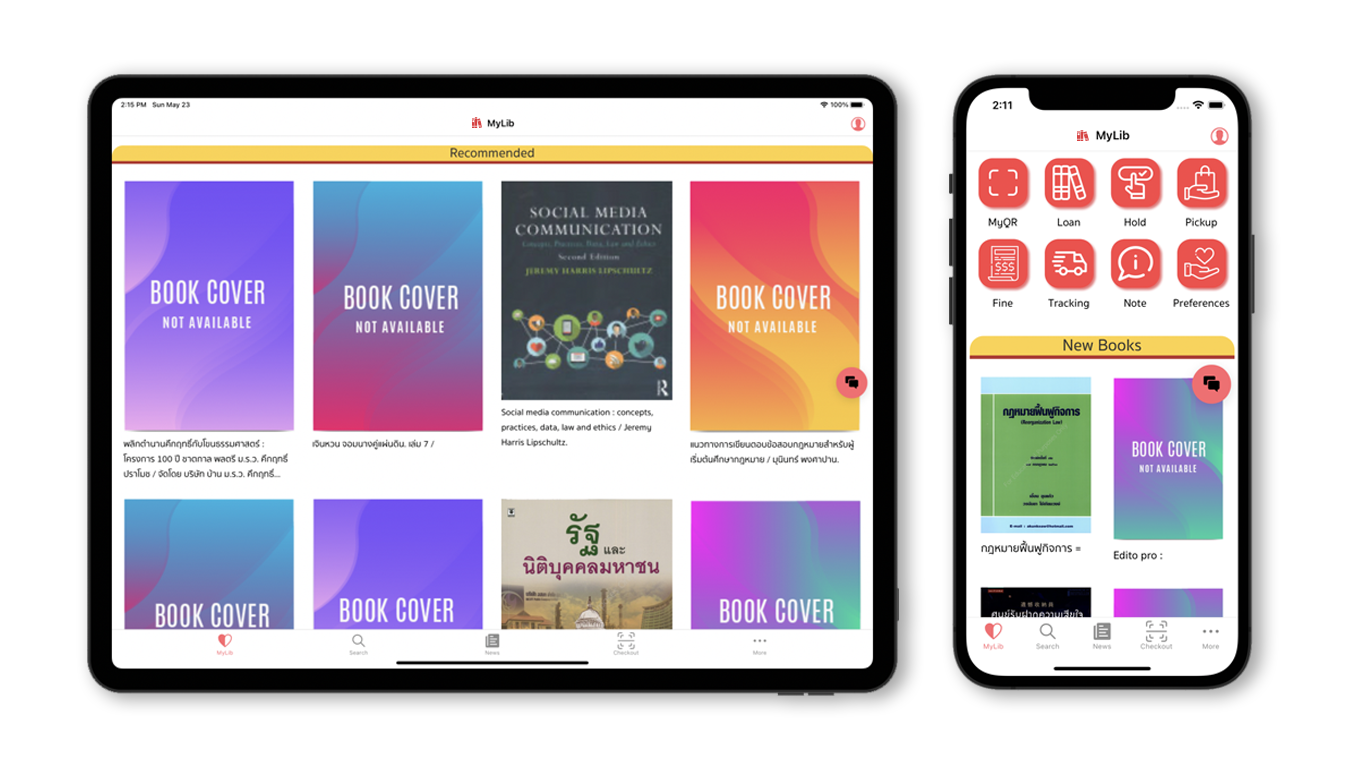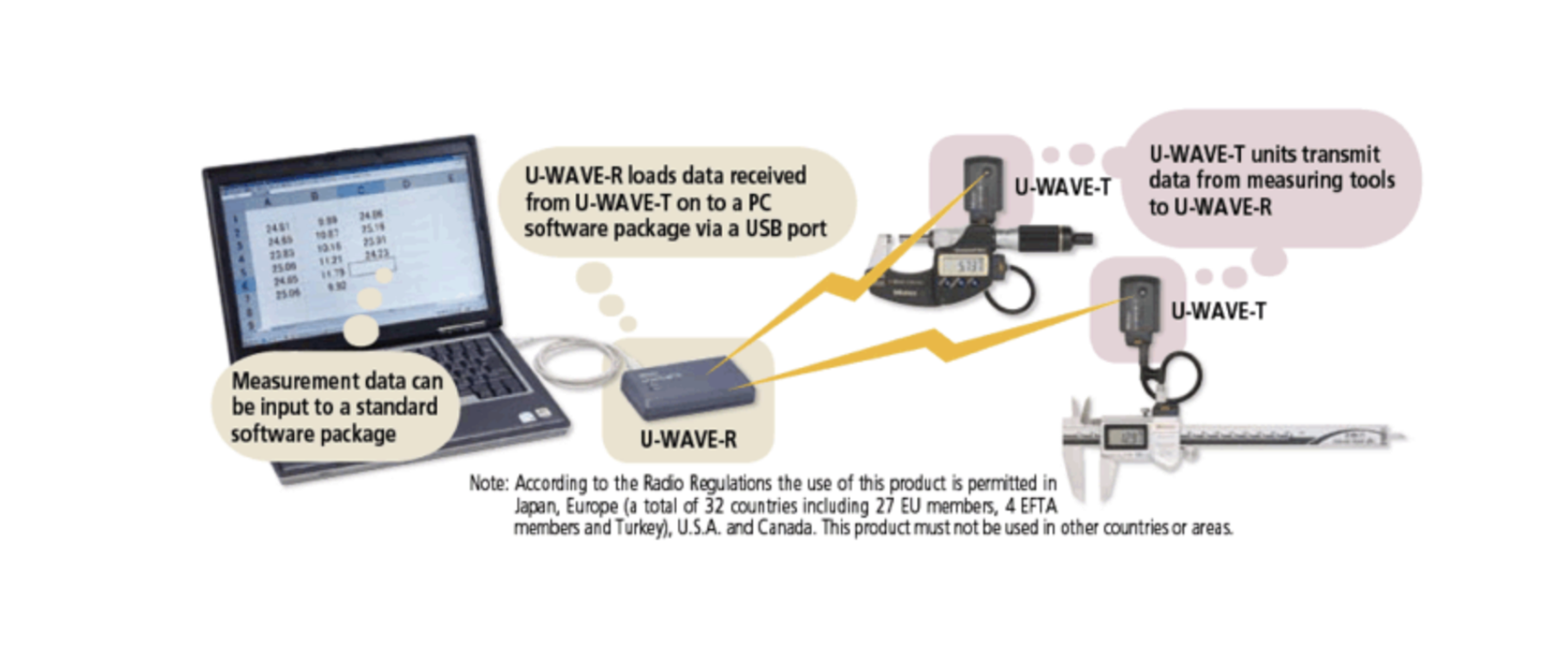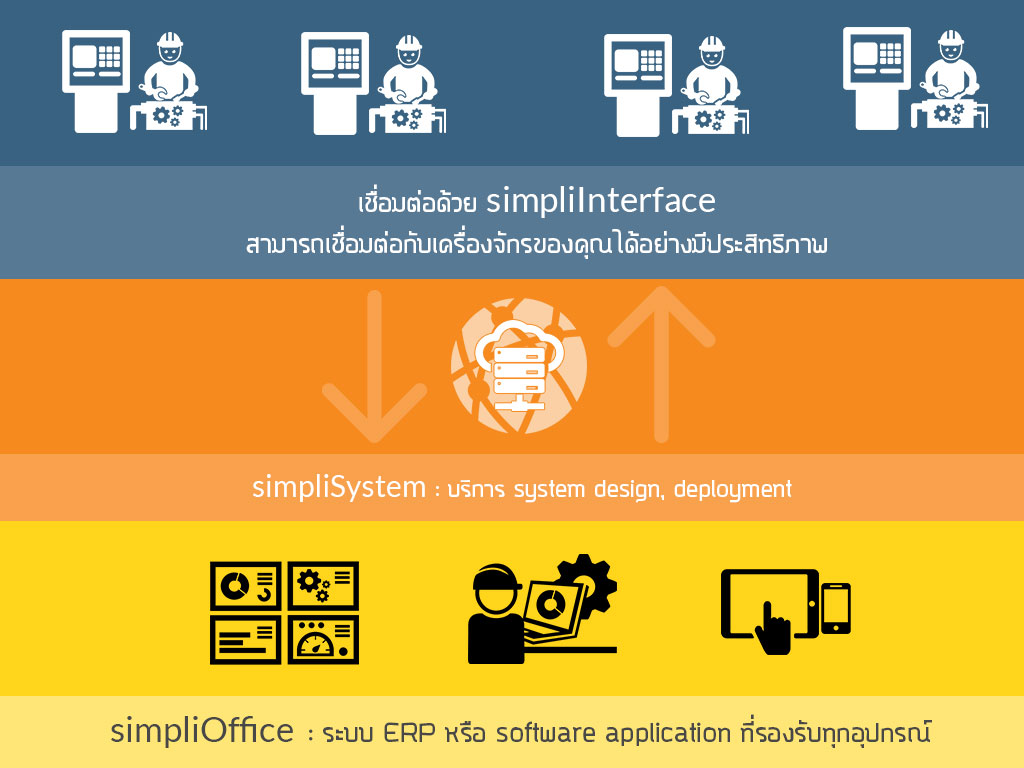How the TAK System Works: A Complete Guide for Real-Time Situational Awareness
In a world where speed, coordination, and accurate location data can mean the difference between success and failure, the TAK system (Team Awareness Kit) delivers powerful, real-time situational awareness. Originally developed for the U.S. military, TAK has now evolved into a versatile platform used by police, firefighters, NGOs, and civilian developers around the world.
In this post, we'll explore how TAK works, its architecture, protocols, use cases, and how you can build your own TAK-compatible systems.
📍 What is TAK?
TAK (Team Awareness Kit) is a suite of open and secure tools for real-time geospatial collaboration.
It includes:
- ATAK: Android Team Awareness Kit
- WinTAK: Windows version
- iTAK: iOS version
- TAK Server: A central communication and data-sharing hub
- Cursor on Target (CoT): The data protocol that powers everything
📱 Key Features of TAK Clients (ATAK, WinTAK, iTAK)
- Real-time location sharing
- Voice and text communication
- Threat alerts, fire, flood, hazmat detection
- Viewing video feeds (from drones or bodycams)
- Sharing and assigning mission plans
- Operating offline with pre-cached maps
🌐 How TAK Works – System Architecture
graph TD
A["🚁 Field Devices<br>(Drones, GPS, Cameras)"]
B["📱 TAK Clients<br>(ATAK / WinTAK / iTAK)"]
C["🌐 TAK Server<br>(Java, PostgreSQL, Plugins)"]
D["🔗 External Data APIs<br>(Weather, Sensors, AI Alerts)"]
E["🌝 Command Dashboard<br>(Web UI / COP)"]
A --> B
B --> C
D --> C
C --> E✅ TAK Clients connect to the TAK Server
Each client (Android, Windows, or iOS) connects securely to the TAK Server using TLS certificates and exchanges real-time messages using the CoT protocol.
🚁 TAK Server
Acts as the hub, managing:
- Client authentication
- Real-time synchronization of positions
- Message routing (chat, CoT, video links)
- Map tiles, mission packages, and plugin data
🤩 What is CoT (Cursor on Target)?
CoT is an XML-based protocol used by TAK to describe everything that happens on the map:
- Positions: friendly, enemy, unknown
- Assets: vehicles, aircraft, personnel
- Events: fires, explosions, floods, attacks
- Media: video streams, photos, files
- Orders: mission plans, geofences
Example CoT message:
<event version="2.0" type="a-f-G" uid="unit123" time="..." stale="...">
<point lat="13.7563" lon="100.5018" hae="10.0"/>
<detail>
<contact callsign="Alpha-1"/>
</detail>
</event>The type field defines what kind of object is represented, like a tank, drone, or fire.
🔐 Security
TAK uses:
- TLS encryption
- Certificate-based authentication
- Role-based access control
- Stale timers for automatic cleanup of old CoT data
📅 Use Cases
| Sector | Application |
|---|---|
| Military | Real-time battlefield tracking |
| Disaster relief | Tracking victims, hazards, responders |
| Police/SWAT | Team coordination, suspect tracking |
| Firefighting | Wildfire map overlays, water source marking |
| NGO / SAR | Missing person search with drone integration |
🛠️ How to Build with TAK
You can:
- Download and run TAK Server from GitHub (Official)
- Use FreeTAKServer (Python-based) for prototypes: https://github.com/FreeTAKTeam/FreeTakServer
- Send CoT messages from your backend, drones, or AI models
- Use Java plugins to extend TAK Server
- Build custom dashboards by connecting to the TAK Server REST or CoT feed
🚀 Ready to Explore TAK?
✅ Start here:
- 📅 Download ATAK-CIV from tak.gov (registration required)
- 👨💻 Run TAK Server from GitHub
- 📊 Explore CoT message format
- 💡 Need help? Build a CoT sender in Python or Java.
🧐 Final Thoughts
The TAK ecosystem is a powerful open platform for building mission-critical geospatial systems — and it’s not just for the military anymore. With open tools, active development, and growing community support, TAK is becoming a global standard for real-time coordination.
Want help integrating drones, AI alerts, or CCTV into TAK? Let’s build it together.
Get in Touch with us
Related Posts
- Vertical AI Use Cases Every Local Government Actually Needs
- 多部门政府数字服务交付的设计(中国版)
- Designing Digital Service Delivery for Multi-Department Governments
- 数字政务服务在上线后失败的七个主要原因
- The Top 7 Reasons Digital Government Services Fail After Launch
- 面向市级与区级政府的数字化系统参考架构
- Reference Architecture for Provincial / Municipal Digital Systems
- 实用型 GovTech 架构:ERP、GIS、政务服务平台与数据中台
- A Practical GovTech Architecture: ERP, GIS, Citizen Portal, and Data Platform
- 为什么应急响应系统必须采用 Offline First 设计(来自 ATAK 的启示)
- Why Emergency Systems Must Work Offline First (Lessons from ATAK)
- 为什么地方政府的软件项目会失败 —— 如何在编写代码之前避免失败
- Why Government Software Projects Fail — And How to Prevent It Before Writing Code
- AI 热潮之后:接下来会发生什么(以及这对中国企业意味着什么)
- After the AI Hype: What Always Comes Next (And Why It Matters for Business)
- 为什么没有系统集成,回收行业的 AI 项目往往会失败
- Why AI in Recycling Fails Without System Integration
- ISA-95 vs RAMI 4.0:中国制造业应该如何选择(以及为什么两者缺一不可)
- ISA-95 vs RAMI 4.0: Which One Should You Use (And Why Both Matter)
- 为什么低代码正在退潮(以及它正在被什么取代)

